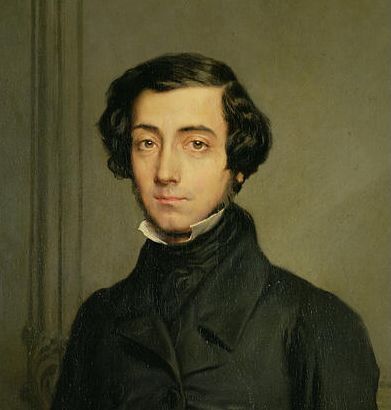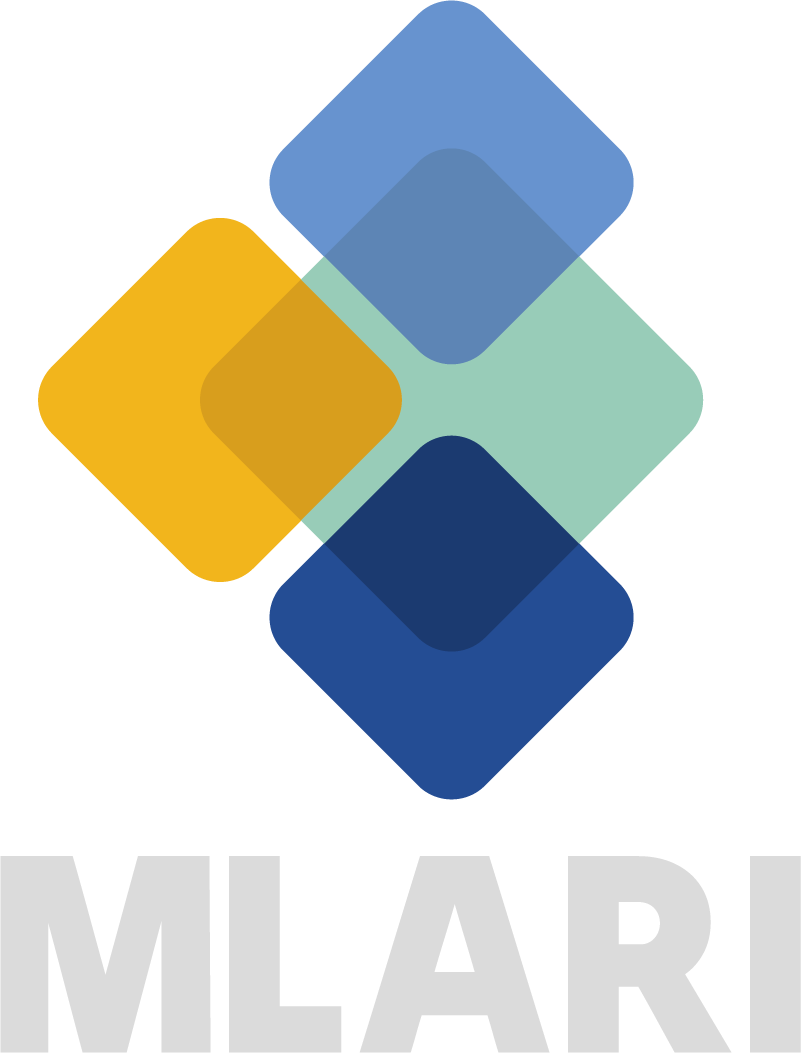Is MLA Just a Concept?
PUBLISHED:
As the Director of Research at MLARI, I think a lot about not just what MLA is, but how is works in everyday life. I frequently hear from people that MLA is too complicated or is too philosophical. Other times, people tell me that MLA is simple: it’s just about people, or social responsibility, or good leadership. In other situations, I have people giving me examples of MLA that, frankly, have nothing to do with the concept. It’s very clear to me that there is a vast disconnect between a deep understanding of MLA as an idea and how to actually put it into action. So, I have some thoughts on how to bridge this gap.
First of all, we have a lot of work to do to understand MLA and its complexity. That is really the only way we will get MLA done effectively. But, I’ve realized, in the short term, there are some ways we can begin to have conversations about how to implement MLA in organizations with respect to specific issues. I’d like to discuss the concept of freedom, and how it relates to implementing MLA in organizations. I did a podcast on this last month, so I hope you’ll listen to this for a deeper conversation about this topic.
The meaning and definition of freedom have changed depending on the time, people doing the defining, and other contextual matters. As a result, today we have multiple definitions of freedom, resulting in competing views and values that can impact not just society but also organizations. Some people see freedom solely in terms of individual rights. Freedom is my right to do what I want, when I want, and how I want. And be who I want to be. This is a valid definition, but it presents challenges for organizations. How do we build a team when everyone has his/her/their own agenda? Drucker emphasized the need for balancing individual rights with the rights of society (or the organization, or some greater good). MLA’s emphasis on the human condition is not just about letting people do what they want or be who they want to be. Yes, people need status and function, according to Drucker. But status and function require people to have responsibility and to submit to legitimate authority. We can’t have a team if everyone does what they want without any direction in terms of the organizational mission. The key is to lead people to want to be part of the team and contribute their skills to the overall vision and mission. This is particularly important when it comes to knowledge workers, who can take their skills anywhere they choose, particularly in today’s job market.
Similarly, leaders need to understand that they don’t lead by virtue of their position. There are anti-authoritarian people who bristle against any exertion of power in every organization. And power takes many forms. It’s often not overt; often it’s in the form of a great idea, plan, program, or change that didn’t involve the input of others. The plan might be brilliant; but, if presented as, “Here’s what we’re going to do, and it’s great” without buy-in from those affected, it is easily interpreted as a mandate. We’ve all seen how government mandates and public policy during this pandemic have met with incredible resistance. Think of how your great idea might be met with resistance if you present it as an obligation rather than a free choice. Yes, policies need to be implemented, and organizations are guided by external authorities,
such as labor laws and accreditation requirements. Communicating the why of a change or program, not just the what, can help people be part of the process rather than feeling that they are out of the loop.
Similarly, as Drucker said over and over, one cannot prevent change; one can only prepare for it and manage it as effectively as possible. Many have written on the challenges of managing and leading change during the pandemic (see https://www.insidehighered.com/advice/2021/07/22/academic-administrator-shares-lessons-managing-change-during-covid-opinion, https://www.forbes.com/sites/billfischer/2021/03/26/leadership-lessons-from-a-year-of-covid-19/?sh=b3f9bdf13645, and https://www.harvardbusiness.org/leading-through-a-pandemic/, for example). One of the key principles of MLA is to balance change with continuity. Too much change without any sense of institutional stability is very unsettling for most people. Change can be very difficult for people who define freedom in terms of their individual rights; their freedom to conduct their daily business may be dramatically impacted by external circumstances that require a shift in organizational policies and procedures. For these people, leading through change may require demonstrating more empathy and compassion in their communications with team members (see, for example, https://www.mckinsey.com/business-functions/people-and-organizational-performance/our-insights/leadership-in-a-crisis). One way to build resilience and a mindset of “we’re in this together” is for leadership to demonstrate an MLA model of freedom: status and function require people to have responsibility and buy in to the organization’s mission. Particularly in a time of crisis, it is crucial that leadership not only builds trust, but acknowledges the actual pain and negative impact that needed change may have on certain team members. In short, if everyone sees MLA as only about my own freedom (in any role), we lose sight of the important role of responsibility and the role of the organizational mission.
These are just some brief thoughts about how to relate MLA’s idea of freedom to your organization or daily life. For a more in-depth treatment, please see our MLA podcast. There’s a lot going on at MLARI, and we’re excited to share it with all of you!





